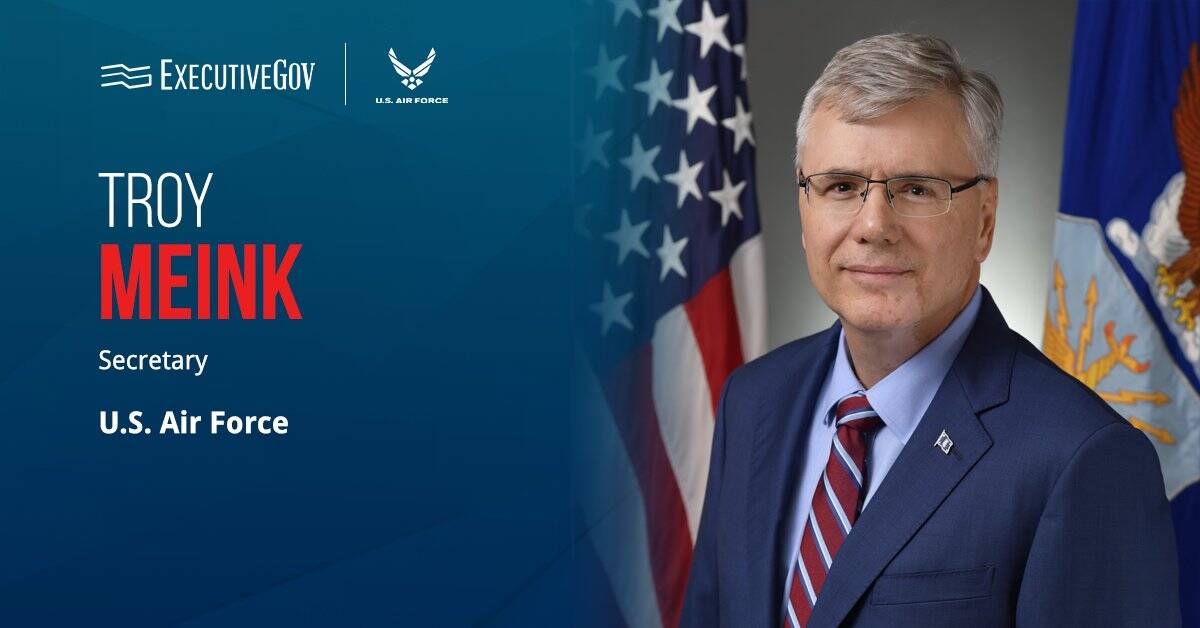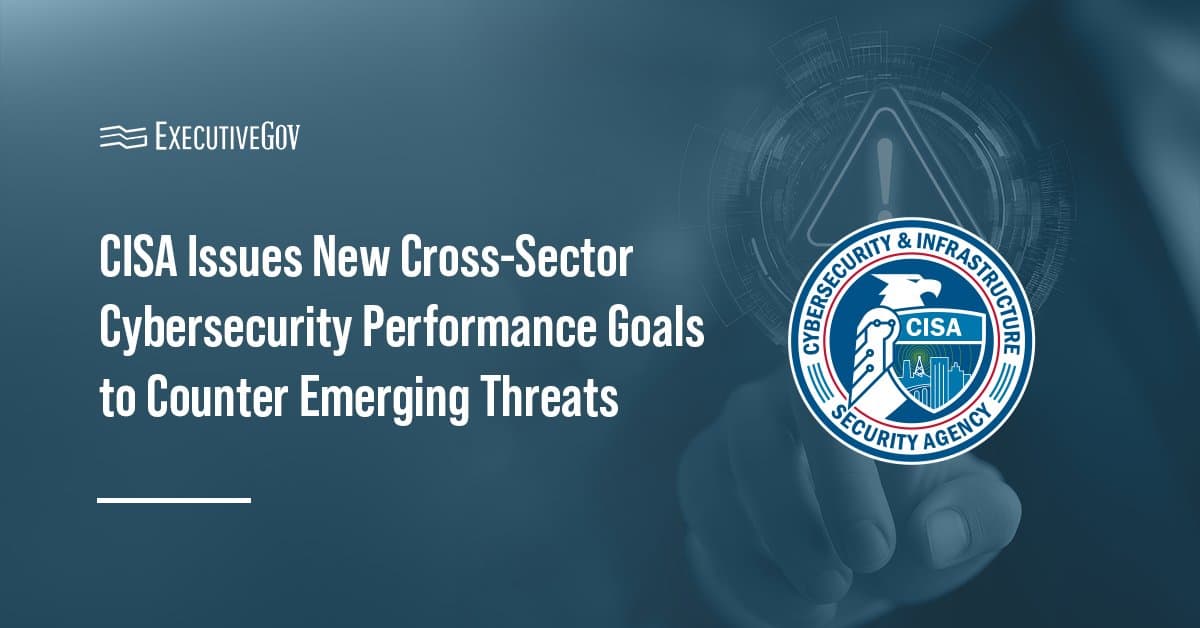
Andre Mendes, chief information officer of the Department of Commerce, said he would like federal agencies to exercise greater accountability when it comes to their information technology budgets, FedScoop reported Thursday.
Mendes said Thursday during an AFFIRM panel discussion that he wants to see a “little more rigor” in federal IT budgets and that agencies should be seen more as innovation centers than cost centers.
“There’s a need for new thinking from a budgetary standpoint that we should work hard for every dollar we get; we should justify it,” he said. “And then we should constantly bring value to the table that enables the cost of IT overall to continue to go down.”





